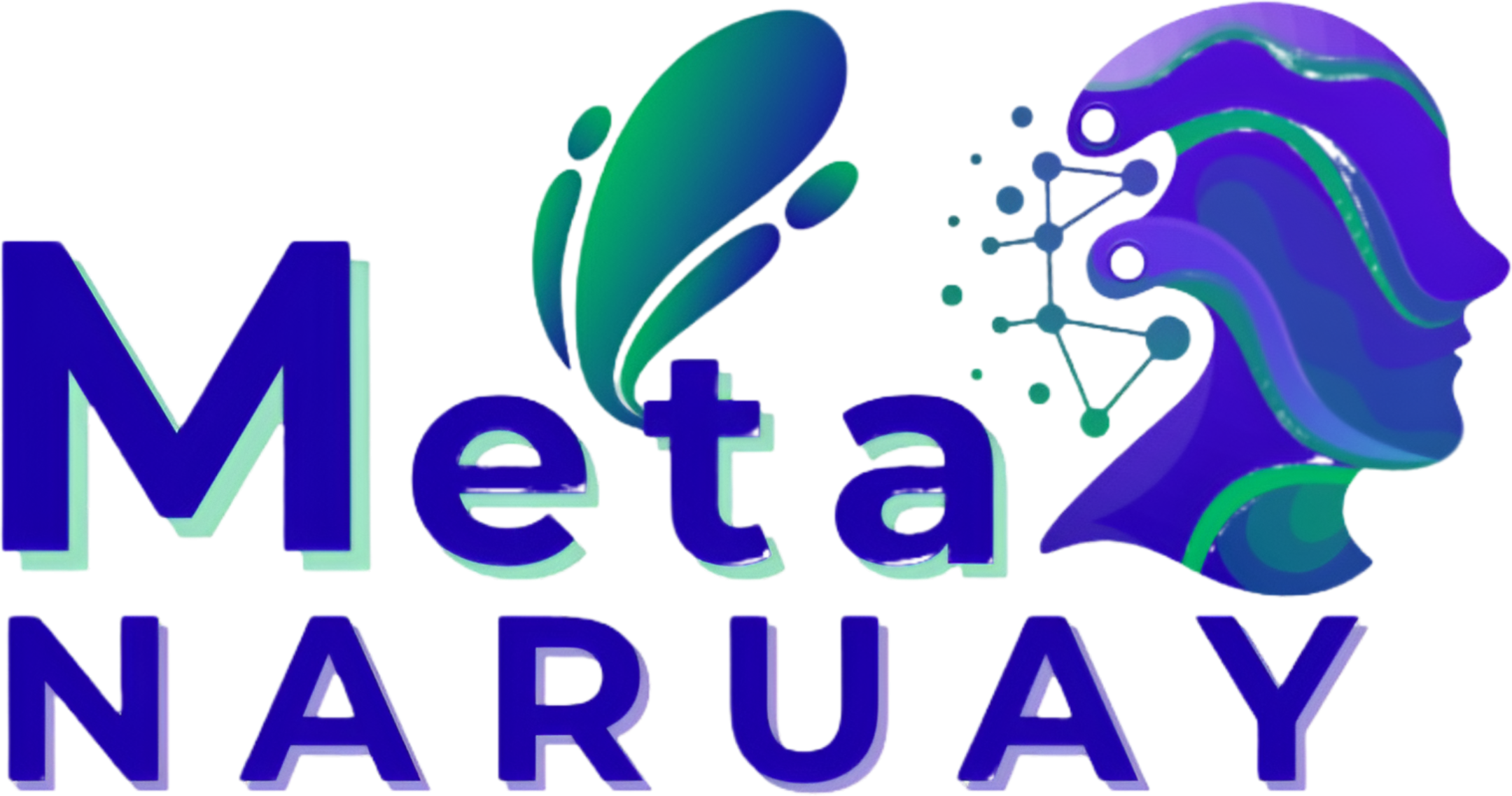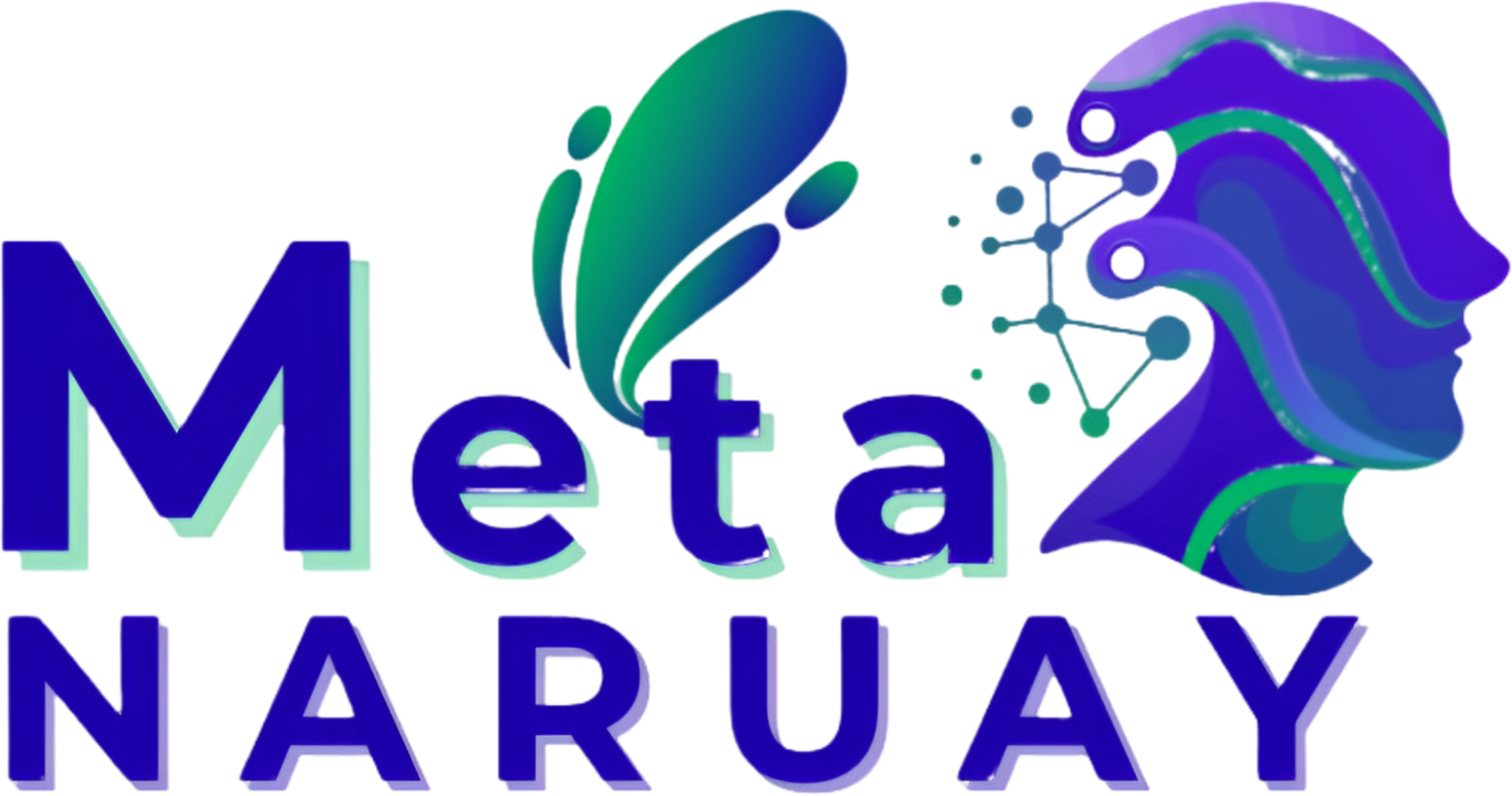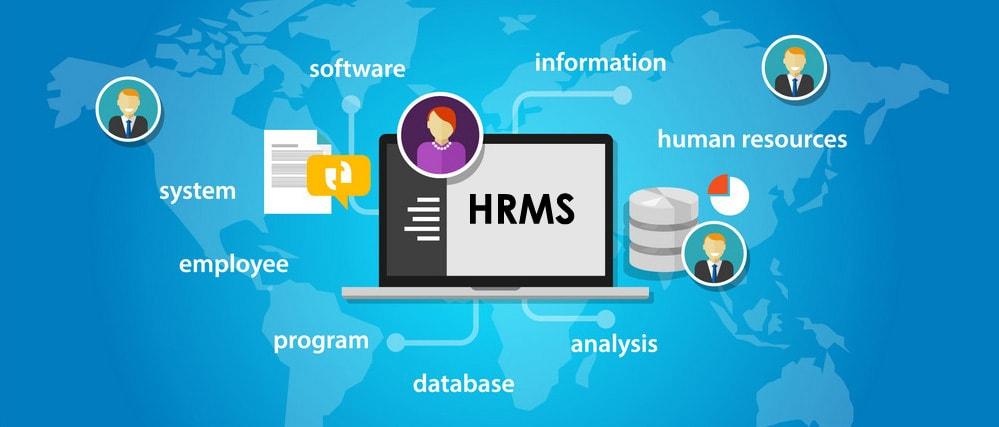In today's dynamic business environment, an organization's most valuable asset is its people, and the technology used to manage this asset is HRM Software (Human Resource Management Software). This powerful category of business applications has evolved far beyond its origins as a simple system for payroll and record-keeping. Modern HRM software is a comprehensive, integrated suite of tools designed to manage the entire employee lifecycle, from recruitment and onboarding to performance management, learning and development, and succession planning. By automating administrative tasks and providing data-driven insights, these platforms free up HR professionals to focus on more strategic initiatives, such as building a strong corporate culture, enhancing employee engagement, and developing the leaders of tomorrow. It is the central nervous system for all people-related activities within an organization.
This strategic shift from an administrative tool to a core business platform is fueling a period of significant and sustained economic growth for the market. The industry is on a clear path of expansion, with its total size projected to reach a substantial valuation of $33.40 Billion by the year 2030. This impressive growth will be powered by a formidable compound annual growth rate (CAGR) of 12.2% during the 2022-2030 forecast period. This financial momentum is a direct reflection of the widespread corporate recognition that investing in people is the key to sustainable competitive advantage. As businesses worldwide continue to navigate the challenges of talent shortages and the changing nature of work, the demand for sophisticated HRM software is set to increase dramatically, fueling this robust market expansion.
The benefits of implementing a modern HRM software solution are multifaceted and deliver value across the entire organization. For the HR department, the primary benefit is a massive increase in efficiency through the automation of routine tasks like payroll processing, benefits administration, and time-off tracking. This allows HR teams to be more strategic and less administrative. For managers, these systems provide easy access to team performance data, facilitate continuous feedback, and streamline the goal-setting process. For employees, they offer a user-friendly, self-service portal to manage their personal information, access pay stubs, and enroll in benefits, creating a more transparent and empowering employee experience. This multi-stakeholder value proposition is a key reason for its widespread adoption.
Looking ahead, the future of HRM software is being shaped by the integration of artificial intelligence and advanced analytics. AI is being used to automate resume screening, create personalized learning paths for employees, and even predict which high-performing employees might be at risk of leaving the company. Analytics tools are providing leaders with deep insights into workforce trends, helping them to make more informed decisions about talent acquisition and development. As these platforms become more intelligent and more deeply integrated with other business systems, they will evolve from a system of record into a predictive and advisory engine for all aspects of talent management, solidifying their role as a mission-critical enterprise application.
Explore Our Latest Trending Reports:
South Korea Embedded Analytics Market




